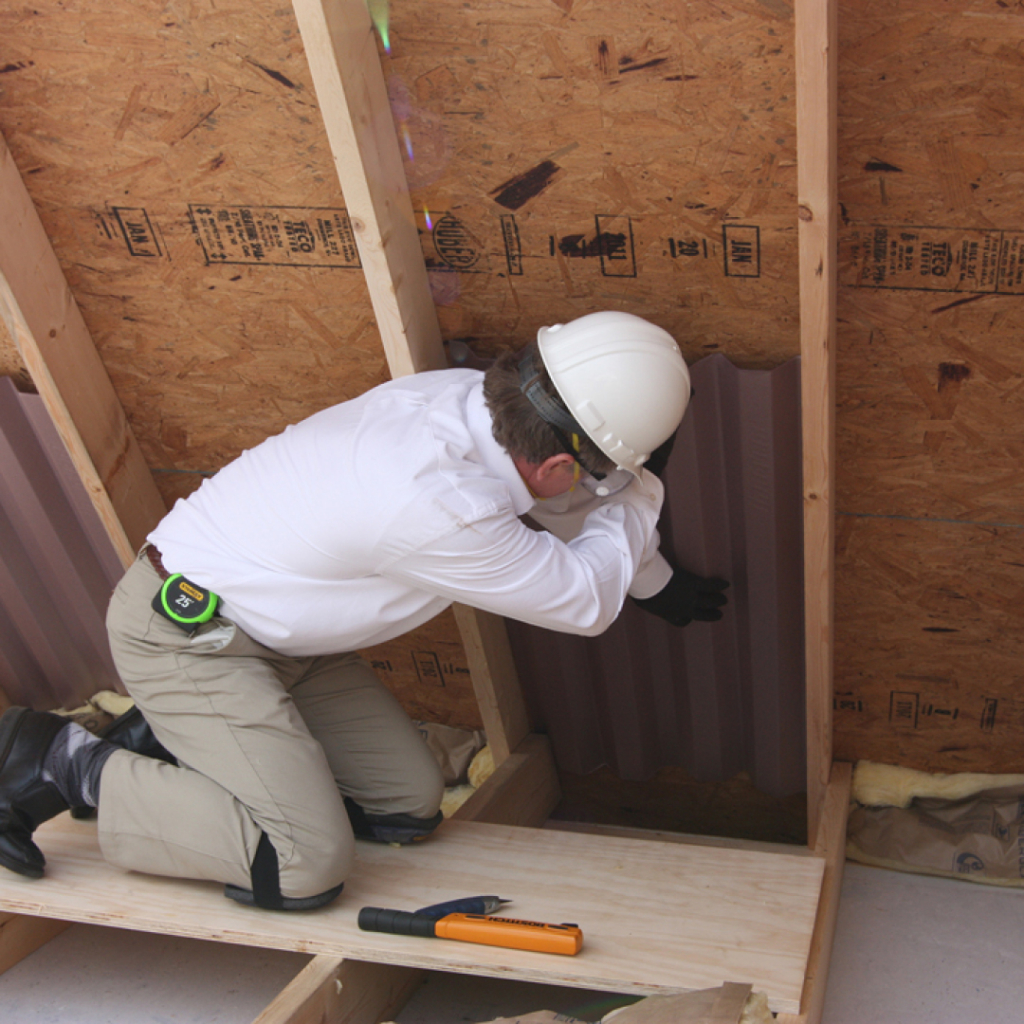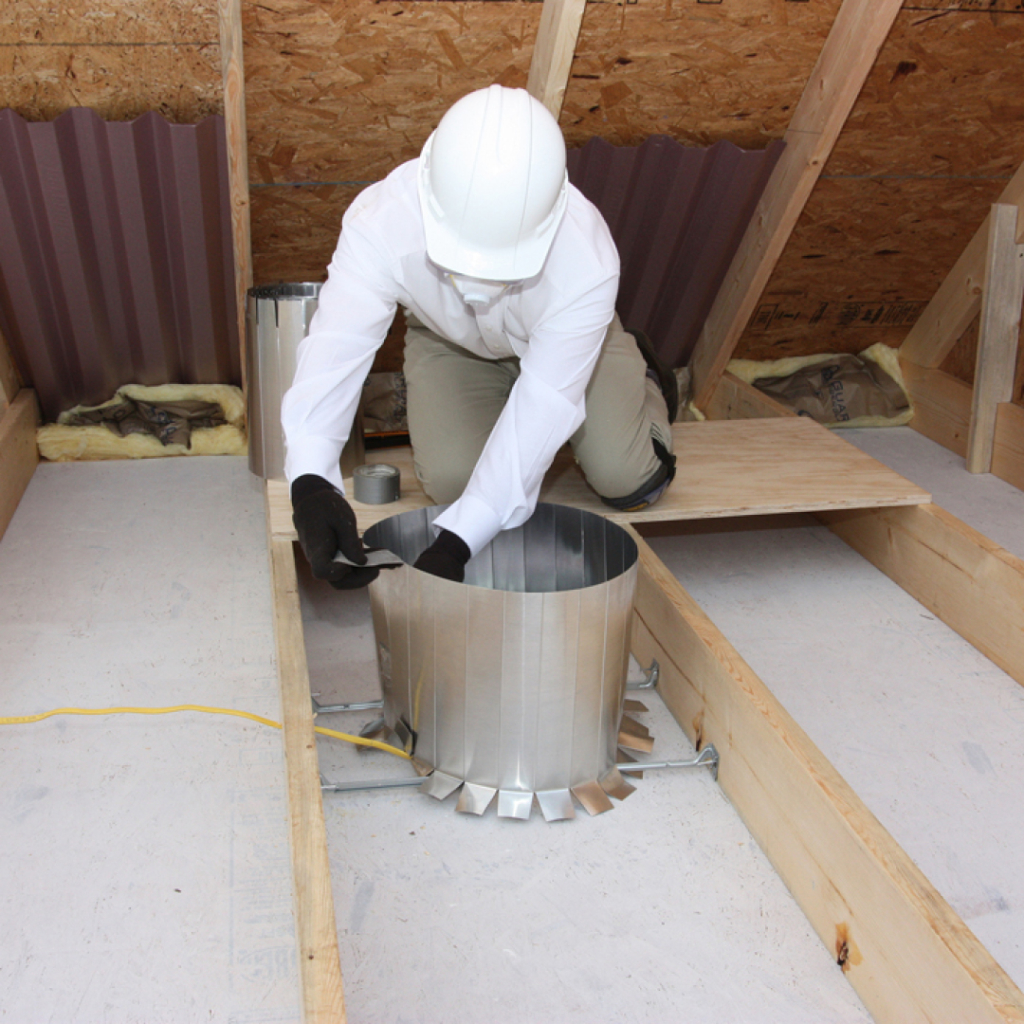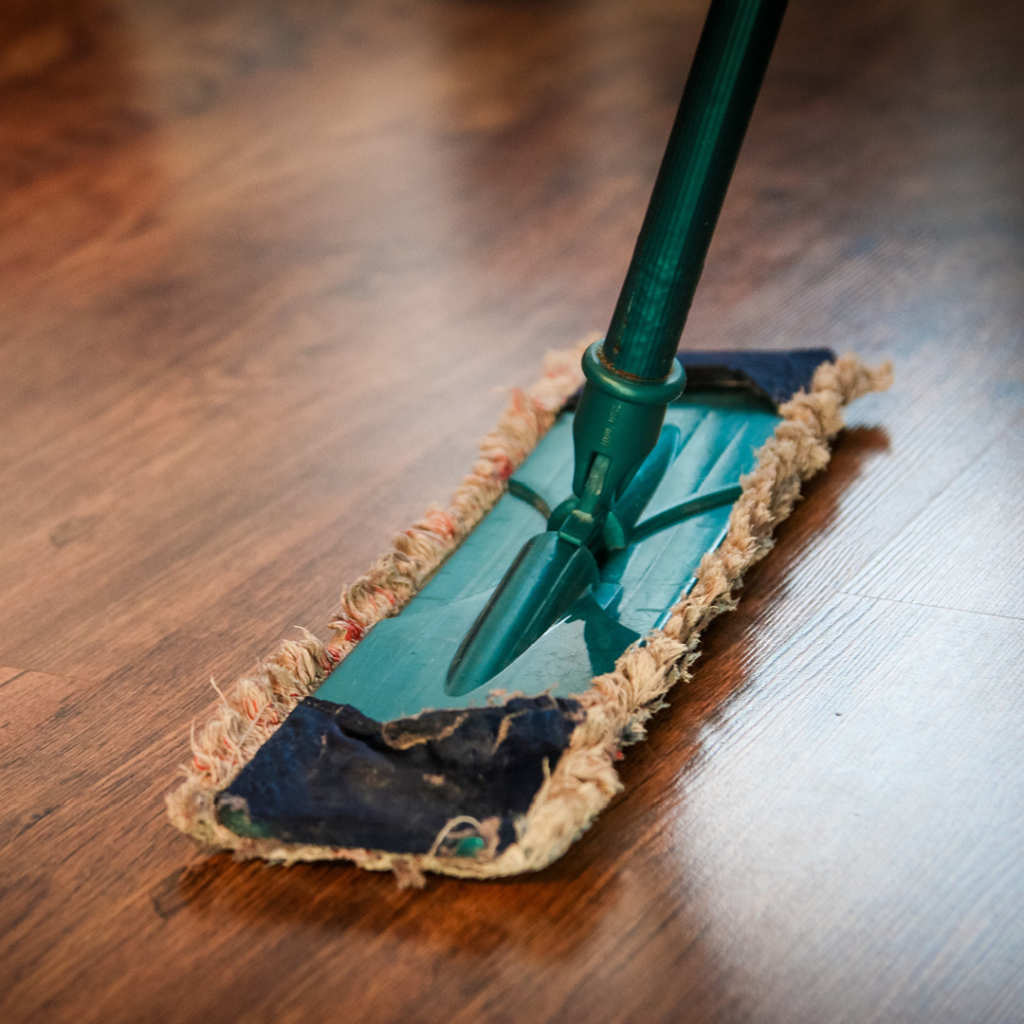
Homeowners across the country are finding that their homes are under-insulated causing high energy bills each year. In many cases, discoveries of insect infestation or evidence of wildlife presence such as squirrels, rats, mice, raccoons, or other pests in the attic are causing uneasiness and serious potential health concerns for the home’s occupants. An answer to these situations is a partial or full attic restoration featuring EPA-registered TAP® Pest Control Insulation. Here is some insight on Attic Restoration 101.
What is Attic Restoration?
Attic restoration is a service that includes removing part or all of the insulation in the attic due to soiling or damage from pest presence. Once removed, the area is sanitized and disinfected and a fresh layer of TAP® Pest Control Insulation is added. The result is peace of mind for the homeowner and their family.
What is involved in Attic Restoration?
Like an attic cap where TAP® Pest Control Insulation is blown directly on top of the existing insulation to increase the home’s R-value and add a layer of permanent, pest protection, attic prep is critical.

1. Set-Up & Removal of Insulation
Preparing for an Attic Restoration service includes attic prep listed above as well as the careful placement of the insulation vacuum and blower. The soiled and damaged insulation is sucked into large vacuum bags to be transported to a proper facility. The installation technicians will also snake the insulation hoses through the home to the attic’s entrance and don the appropriate personal protective equipment. A cover will also be placed over the attic’s entrance to help keep insulation or the soiled contaminants from entering the home’s living spaces.

2. Ventilation
An attic must be able to breathe to avoid moisture build-up over time. Moisture creates the opportunity for mold and mildew and must be prevented as it could be a costly expense to remove. The recommended amount of ventilation is one baffle or air chute every 300 sq. ft. when soffit or continuous soffit ventilation is present. If ridge vents or gable vents are present, baffles may not be necessary. The key is consistent airflow to prevent moisture build-up.

3. Three-inch Rule
When insulation is installed in the home, installers are required to build a three-inch barrier around any heat-producing devices. Typical heat-producing devices include recessed lighting, chimneys, attic fans, and flues. A simple solution for building a barrier around recessed lights is to use a cardboard or metal cover like these.

4. Clean-Up
Following the Attic Restoration, the installer will quickly clean-up and restore the home to its original condition. The only difference is that the home’s attic will be more energy-efficient and ready to protect its occupants from pests.
Beyond Attic Restoration 101 is a peace of mind for the homeowner knowing their home and their family’s health is protected from pests.
Is attic restoration the right choice for your home? Consult your local pest management professional for a complimentary attic inspection and to help provide available options. Contact us to learn more about attic restoration and how it can protect your home from structural damage as well as your family’s health.

